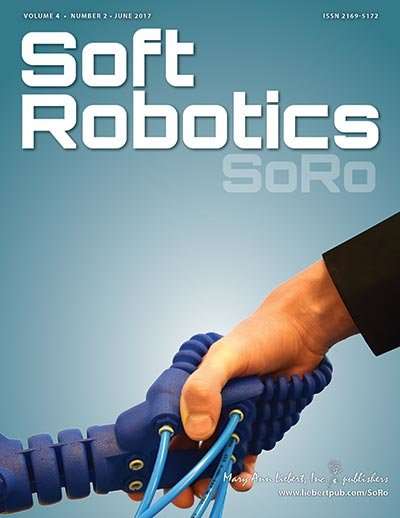3-D-printed underwater vortex sensor mimics whiskers of sea animal

A new study has shown that a fully 3D-printed whisker sensor made of polyurethane, graphene, and copper tape can detect underwater vortexes with very high sensitivity. The simple design, mechanical reliability, and low-cost fabrication method contribute to the important commercial implications of this versatile new sensor, as described in an article in Soft Robotics
Coauthors Jahan Zeb Gul, Kim Young Su, and Kyung Hyun Choi, Jeju National University, South Korea, provide a detailed description of the sensor, which mimics the vortex-detecting capability of the whiskers of a pinniped—a semiaquatic carnivore—as it tracks its prey in the water. The researchers report on the 3D fabrication method used to produce the whisker sensor and how the analog signals that indicate resistance changes are digitized and fed to a microcontroller for vertex detection.
The article is entitled "Fully 3D Printed Multi-Material Soft Bio-Inspired Whisker Sensor for Underwater Induced Vortex Detection."
"This paper is a wonderful example of bioinspired soft robotics. The authors have used observations of a natural system to build a materials-based sensor that can be used on underwater robots for better positional control, navigation, and object detection," says Editor-in-Chief Barry A. Trimmer, PhD, who directs the Neuromechanics and Biomimetic Devices Laboratory at Tufts University (Medford, MA).
More information: Jahan Zeb Gul et al. Fully 3D Printed Multi-Material Soft Bio-Inspired Whisker Sensor for Underwater-Induced Vortex Detection, Soft Robotics (2018). DOI: 10.1089/soro.2016.0069
Provided by Mary Ann Liebert, Inc





















